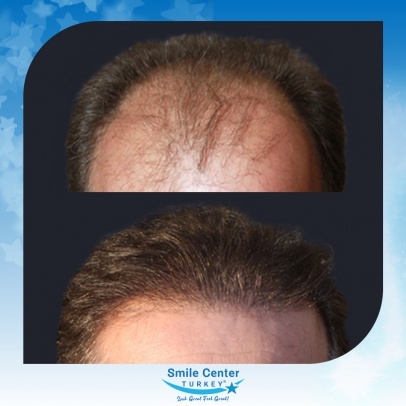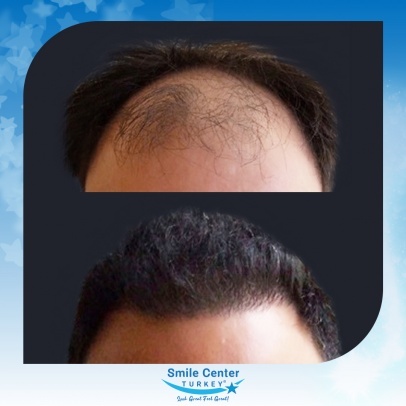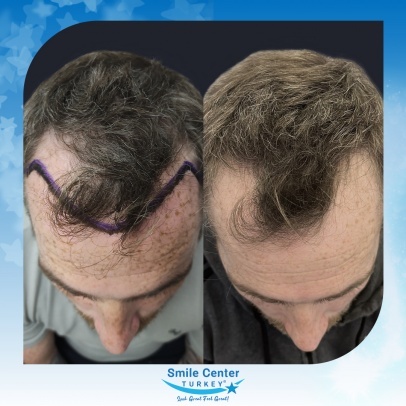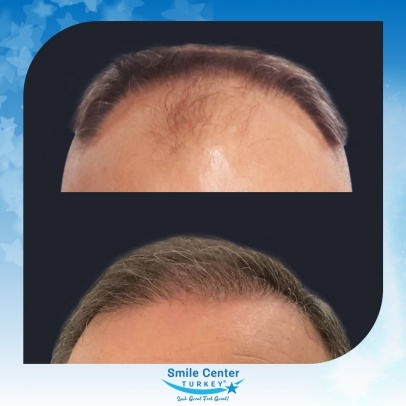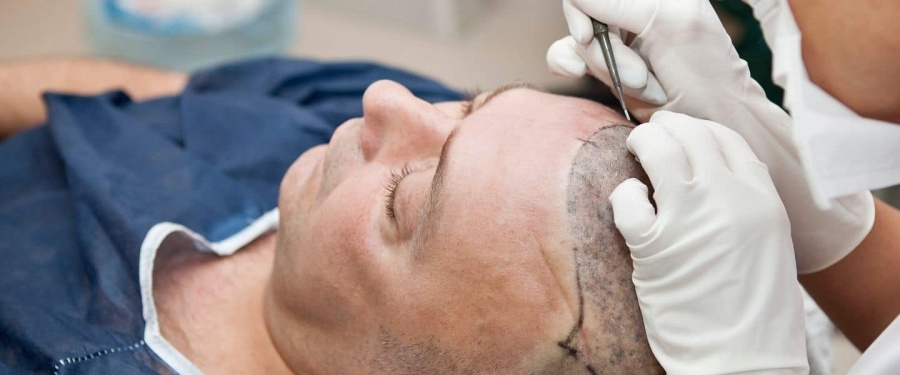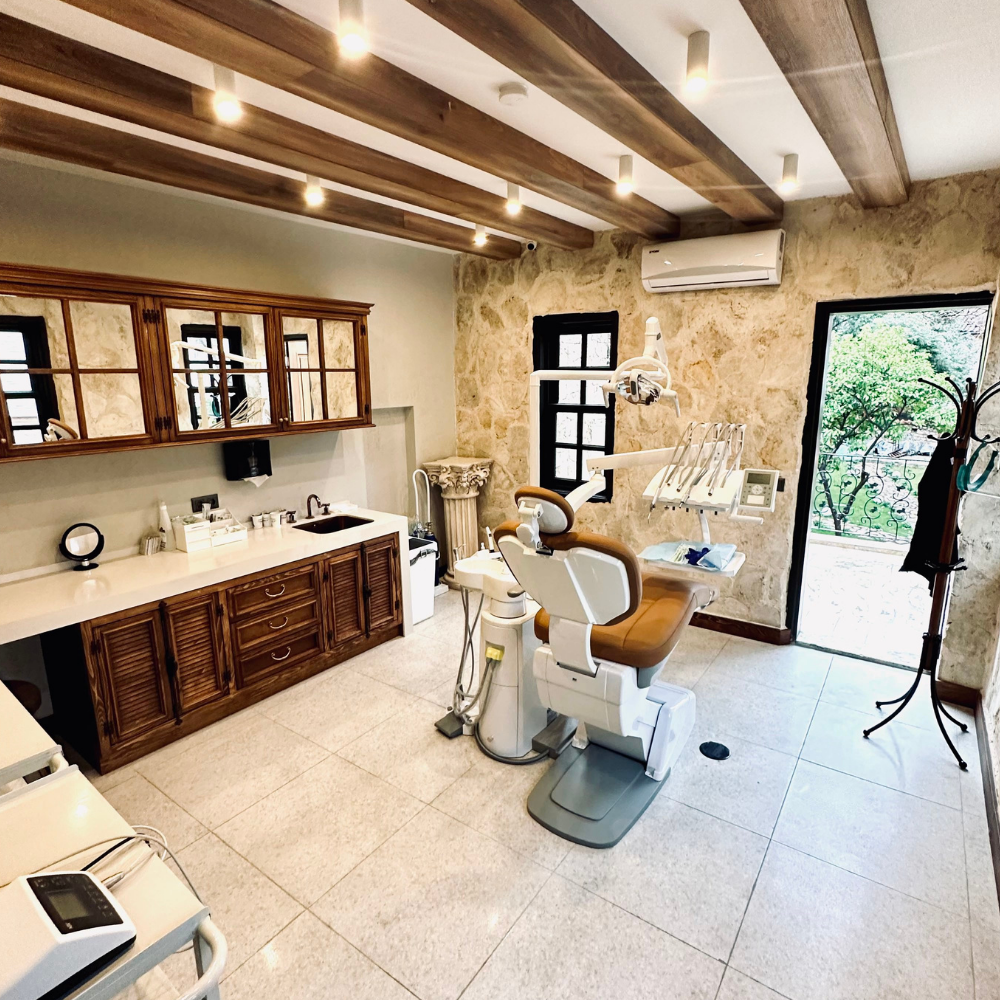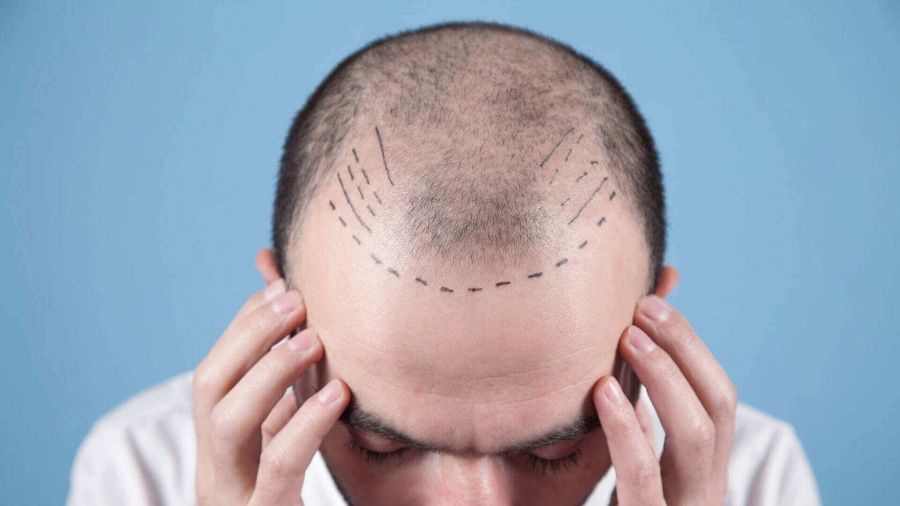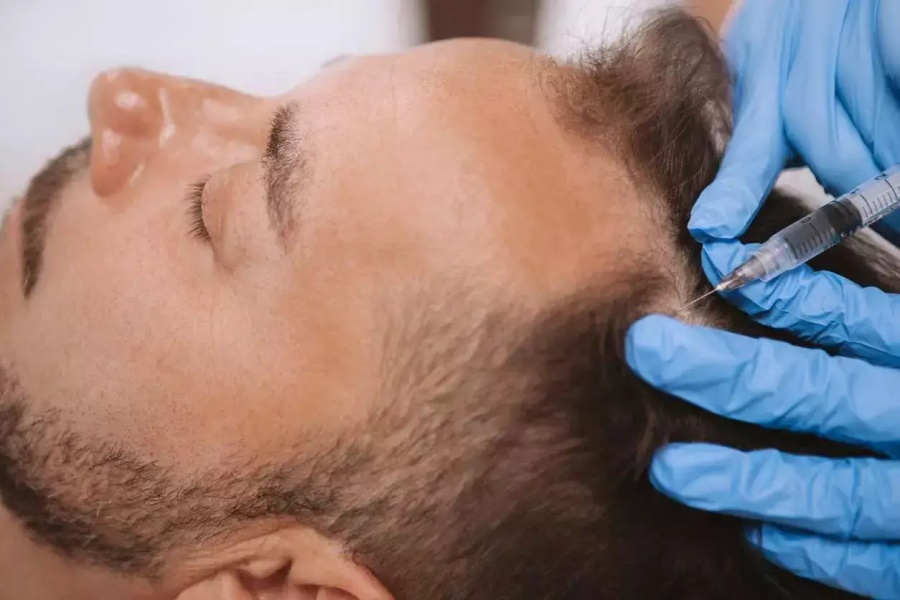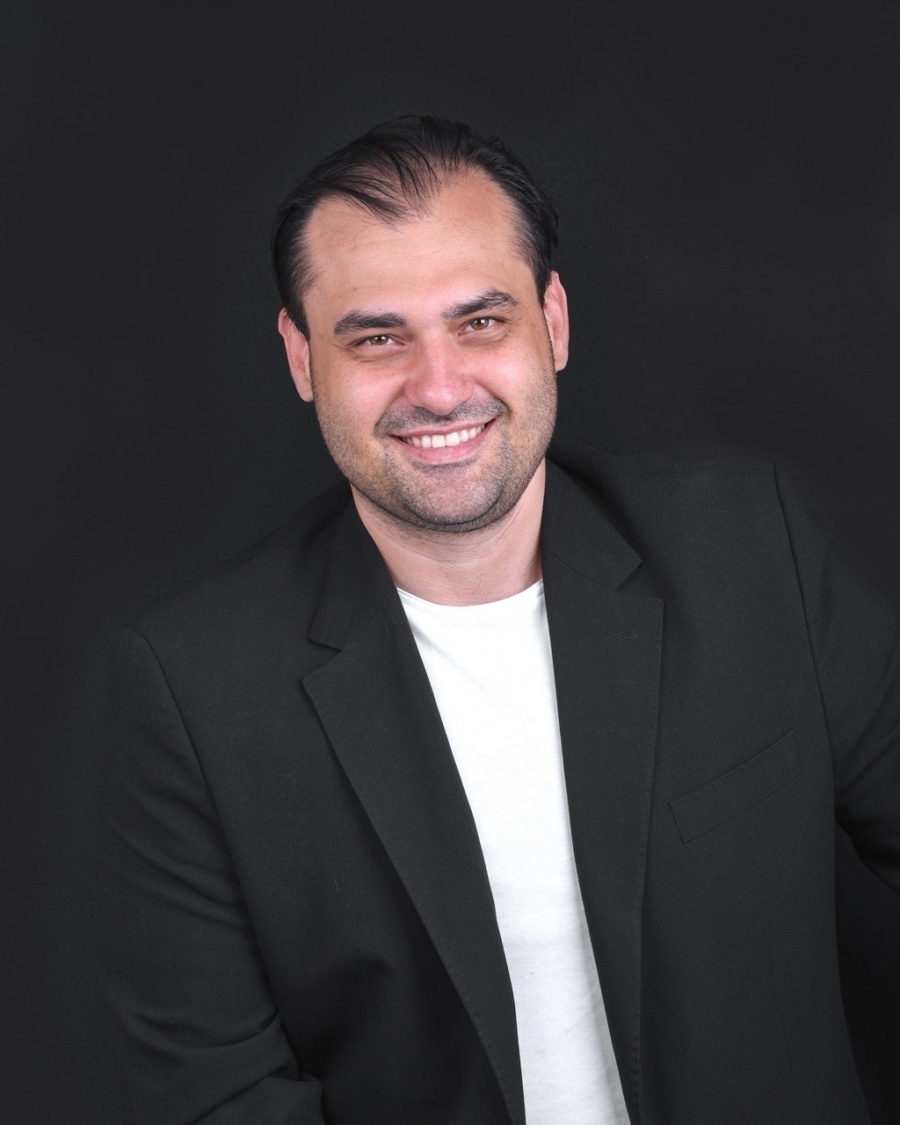DHI Hair Transplant Turkey
For individuals dealing with genetic hair loss and seeking a permanent solution, a common choice is a hair transplant. Once this decision is made, patients encounter various hair transplant procedures, and one prominent modern method is Direct Hair Implantation (DHI).
The main difference between DHI and FUE is how they put the hair grafts into the skin. FUE uses small cuts made by hand, while DHI uses a special pen-like tool to insert the grafts.
People with androgenic alopecia, known as male or female pattern hair loss, are often considered ideal candidates for hair implantations. Several characteristics contribute to suitability for hair transplantation, including age (preferably over 25 to minimize unpredictability), hair diameter (thicker hair often yielding better results due to enhanced coverage), donor hair density (a crucial factor, with less than 40 follicles per square centimetre at the donor site indicating poor candidacy), hair colour (light or closely matching skin tone tends to achieve optimal results), and having realistic expectations, as satisfaction with the outcomes is closely linked to expectations.



